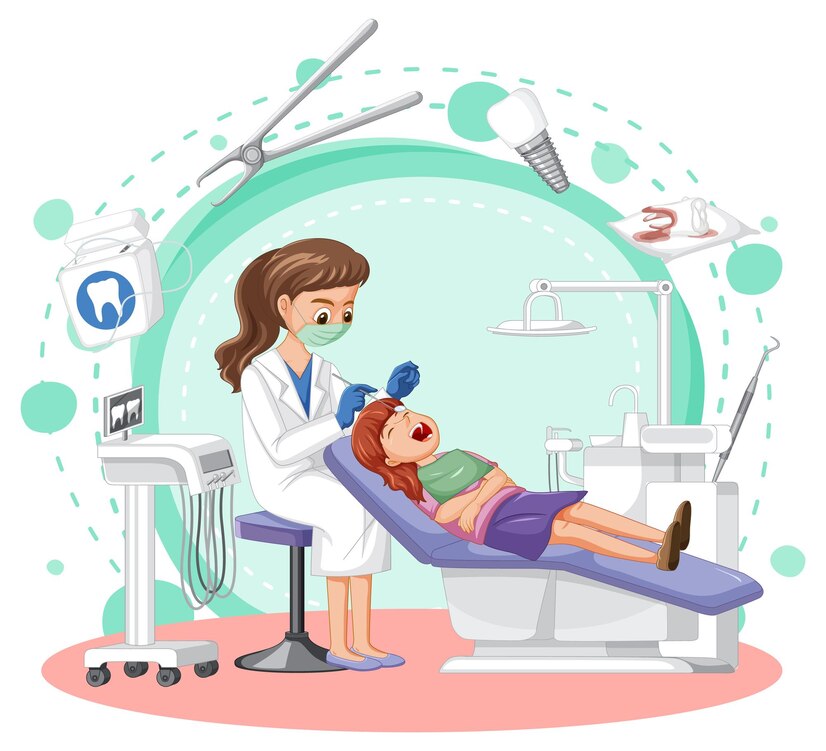
Diagnosing Oral Thrush: Understanding Clinical Examination and Laboratory Tests
How Healthcare Professionals Diagnose Oral Thrush
If you suspect you have oral thrush, getting an accurate diagnosis is crucial for effective treatment. In this blog, we will explore the methods healthcare providers use to diagnose oral thrush, including clinical examination and laboratory tests.
1. Clinical Examination
During a clinical examination, your healthcare provider will visually inspect your mouth for signs of oral thrush. They will look for white patches on the tongue, inner cheeks, gums, or roof of the mouth. These patches may resemble cottage cheese and are typically easy to identify during the examination.
In addition to the visual check, your provider may ask about your medical history and any symptoms you are experiencing. They may inquire about factors that increase your risk of oral thrush, such as recent antibiotic use, immune system disorders, or conditions that cause dry mouth.
2. Laboratory Tests
While a clinical examination can give a preliminary diagnosis, laboratory tests can confirm the presence of Candida yeast and rule out other conditions. Some common laboratory tests include:
- Oral Swab Culture: A healthcare provider may take a swab from the affected area in your mouth. The swab is sent to a lab where it is incubated to encourage the growth of Candida yeast. Once grown, the yeast is identified under a microscope. This test confirms the presence of Candida and determines the specific species causing the infection.
- Microscopic Examination: A sample from the white patches may be examined under a microscope. The appearance of yeast cells and hyphae (thread-like structures) confirms oral thrush.
- Saliva Test: In some cases, a saliva test may be performed to measure the amount of Candida yeast in your mouth. While everyone has small amounts of Candida, high levels suggest an overgrowth, which may indicate oral thrush.
3. Conclusion
Diagnosing oral thrush typically involves a combination of clinical examination and laboratory tests. By evaluating the symptoms carefully and using these methods, healthcare providers can accurately diagnose oral thrush.
They can then develop a treatment plan to address the infection and help you recover.
To seek medical advice, always consult a Doctor. Here are our recommended EXPERTS.
Click here
To read more on oral-condition. Click Here


